
The largest moon in our solar system, a companion to Jupiter named Ganymede, might have ice and oceans stacked up in several layers like a club sandwich, according to new NASA-funded research that models the moon's makeup. ...


The largest moon in our solar system, a companion to Jupiter named Ganymede, might have ice and oceans stacked up in several layers like a club sandwich, according to new NASA-funded research that models the moon's makeup. ...

Live streaming video by Ustream Now, live from space, it’s Earth all the time! A new experiment called the High Definition Earth Viewing (HDEV) was launched on April 18, 2014 in the “trunk” on the SpaceX Dragon spacecraft and has been set up outside the International Space Station. The set of four commercial HD video […]...
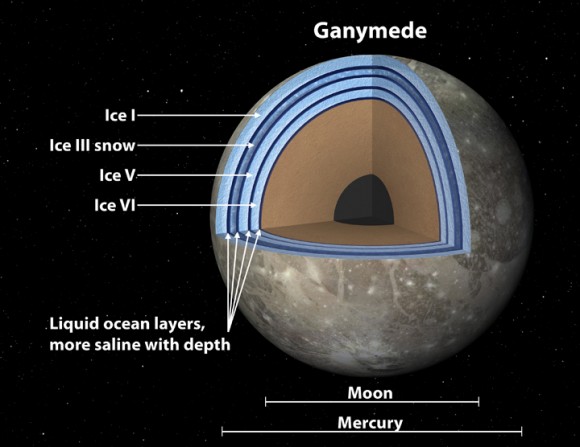
Moons with subsurface oceans are all the rage these days. There’s Europa, Titan, and just recently Enceladus joined the short list of moons that likely harbor large amounts of subsurface water. Jupiter’s moon Ganymede – the largest moon in the solar system — has long been a member of this club. The idea of this […]...
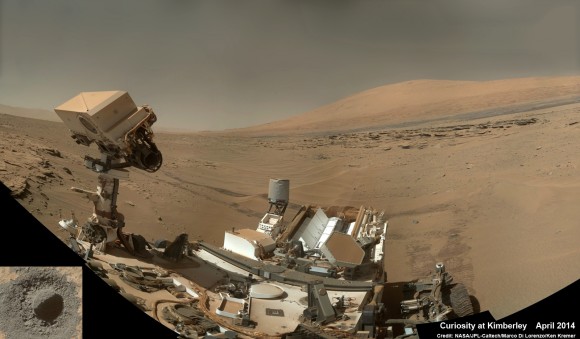
Mars Panorama – Curiosity rover: Martian solar day 613 in Out of this World The Curiosity rover looks like she’s concentrating hard on her tasks on Mars, and now you can zoom around and see what it would look like to be standing next to the rover in Gale Crater. This new interactive image put […]...
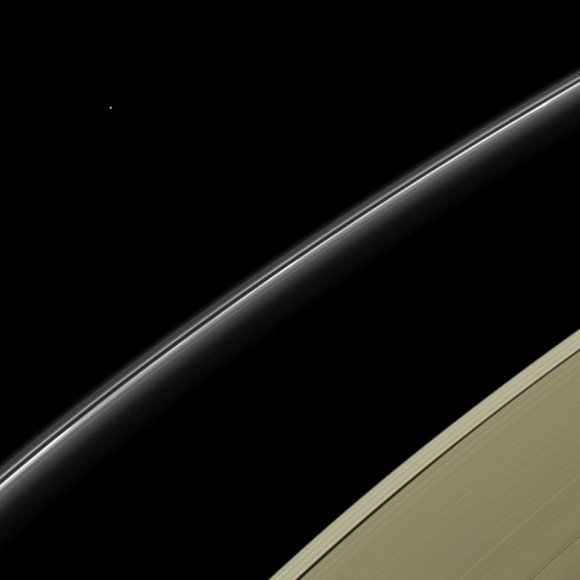
When you hear the words “pale blue dot” you probably are reminded of the famous quote by Carl Sagan inspired by an image of Earth as a soberingly tiny speck, as imaged by Voyager 1 on Feb. 14, 1990 from beyond the orbit of Pluto. But there’s another pale blue world in our Solar System: the […]...
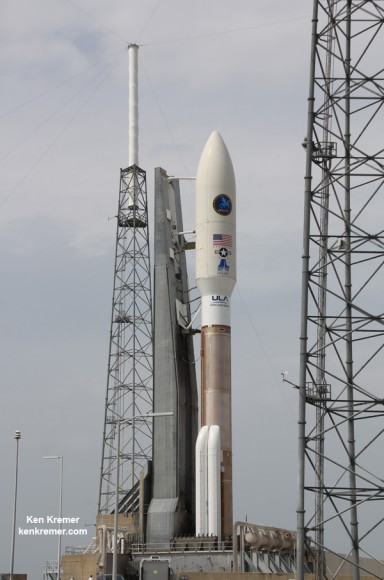
A US Federal Court has now issued a preliminary injunction that blocks the purchase and importation of Russian rocket engines by United Launch Alliance (ULA) for its Atlas V rocket used in National Security launches for the US Air Force after a filing by SpaceX. But what are the implications? The US Federal Court of […]...

Scientists analyzed the chemical elements in the faintest known galaxy, called Segue 1, and determined that it is effectively a fossil galaxy left over from the early universe. Stars form from gas clouds and their composition mirrors the chemical composition of the galactic gas from which they were born. ...
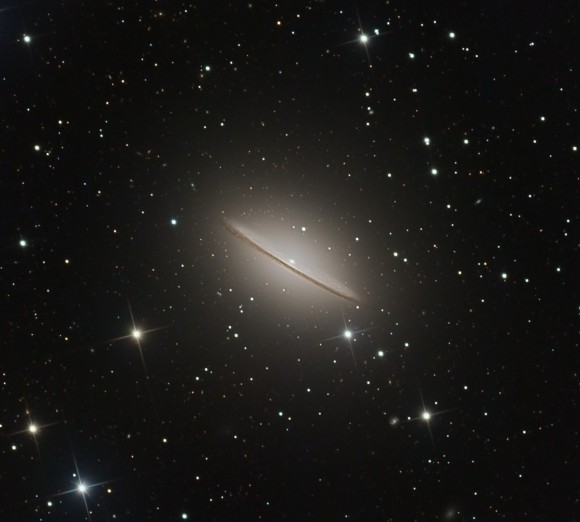
Here’s a wonderful view of the Sombrero Galaxy (M104, NGC 4594) in Virgo. This multi-hour, deep exposure was taken remotely by astrophotographer Ian Sharp from the Siding Spring Observatory in Australia over the past few weeks, with 12 hours of Luminance and 5 hours each on R, G and B channels. The Sombrero Galaxy is […]...
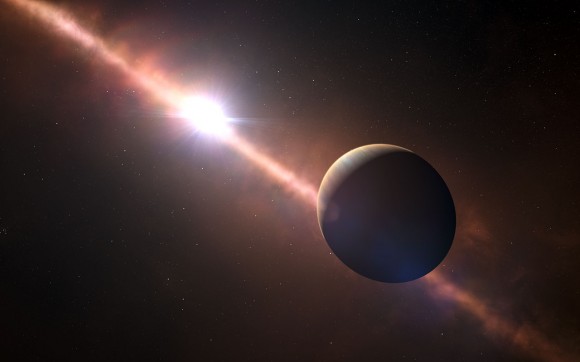
Between the time you got to work this morning and the time you leave today — assuming an eight-hour work cycle — an entire day will have passed on Beta Pictoris b, according to new measurements of the exoplanet. This daily cycle, mapped for the first time on a planet outside of the solar system, […]...
Video released today by SpaceX confirms the landing legs deployed successfully on the Falcon 9′s first stage booster, paving the way for future vertical soft touchdowns on land. SpaceX’s next-generation Falcon 9 rocket was tested following the launch of the CRS-3 mission for the Dragon spacecraft, which launched from Cape Canaveral Air Force Station on […]...
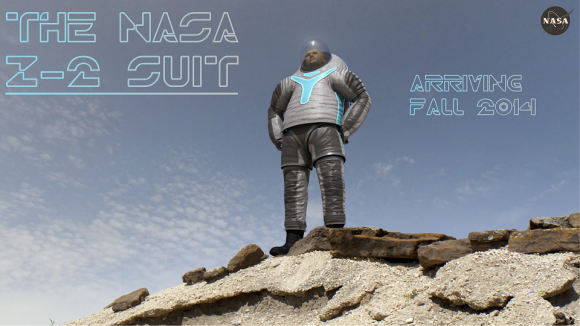
Striking a Buzz Lightyear-like pose above is the winning design for NASA’s Z-2 spacesuit prototype. The version, called “technology”, was by far the popular vote in an online contest the agency held to choose between three prototypes, garnering 62% of 233,431 votes. While this will never be used in space, NASA said the next-generation prototype will […]...
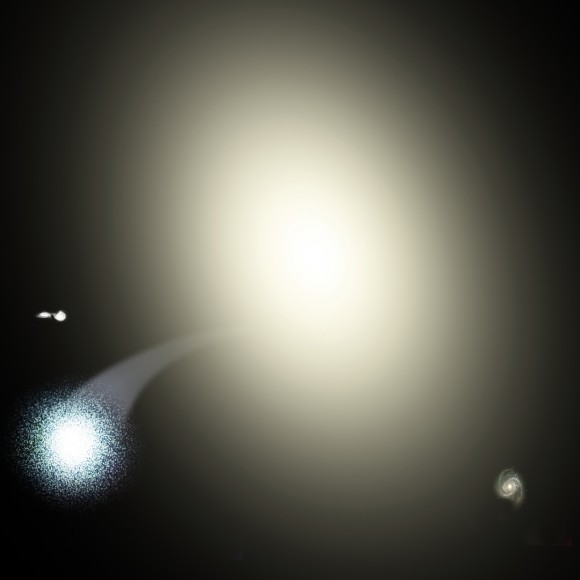
There are a few single stars we’ve discovered that break the stellar speed limit, and they are known as hypervelocity stars. But today astronomers multiplied the number of these ‘runaway’ stars by hundreds of thousands. The Virgo Cluster galaxy, M87, has ejected an entire star cluster, throwing it toward us at more than two million […]...

Three days ago, the burning question was “To Drill or not to Drill?” The answer has come Fast and Furious – “Drill, Baby, Drill !” After spending the weekend inspecting an enticing slab of sandstone rock at “Kimberley”, the team directed NASA’s Curiosity rover to bore a test hole into a Martian rock target called […]...

An international team of scientists has discovered that gamma-ray bursts behave differently than previously thought. ...

Observations have, for the first time, determined the rotation rate of an exoplanet, which has been found to have a day that lasts only eight hours. ...

The galaxy known as M87 has a fastball that would be the envy of any baseball pitcher. It has thrown an entire star cluster toward us at more than two million miles per hour. The newly discovered cluster, which astronomers named HVGC-1, is now on a fast journey to nowhere. Its fate: to drift through the void between the galaxies for all time. ...

Observations from ESO’s Very Large Telescope (VLT) have, for the first time, determined the rotation rate of an exoplanet. Beta Pictoris b has been found to have a day that lasts only eight hours. This is much quicker than any planet in the planetary system — its equator is moving at almost 100,000 kilometers per hour. This new result extends the relation between mass and rotation seen in the solar...

For the first time an international team of astronomers has measured circular polarization in the bright flash of light from a dying star collapsing to a black hole, giving insight into an event that happened almost 11 billion years ago. ...

Scientists have discovered an indicator of when re-ionization of the primordial Universe began. The team used the Faint Object Camera and Spectrograph (FOCAS) mounted on the Subaru Telescope to thoroughly study the visible wavelength spectrum of the afterglow of a gamma-ray burst, which is a violent explosion of a massive star. Direct measurement of the absorption features in the spectrum of the afterglow...
This timelapse of the lunar eclipse that took place April 15, 2014 will have you checking over your shoulder for aliens! Photographer Andrew Walker shot this footage at the Caltech’s CARMA Array (Combined Array for Research in Millimeter-wave Astronomy) in the Inyo Mountains of California. You can find out more about his impressive equipment details […]...